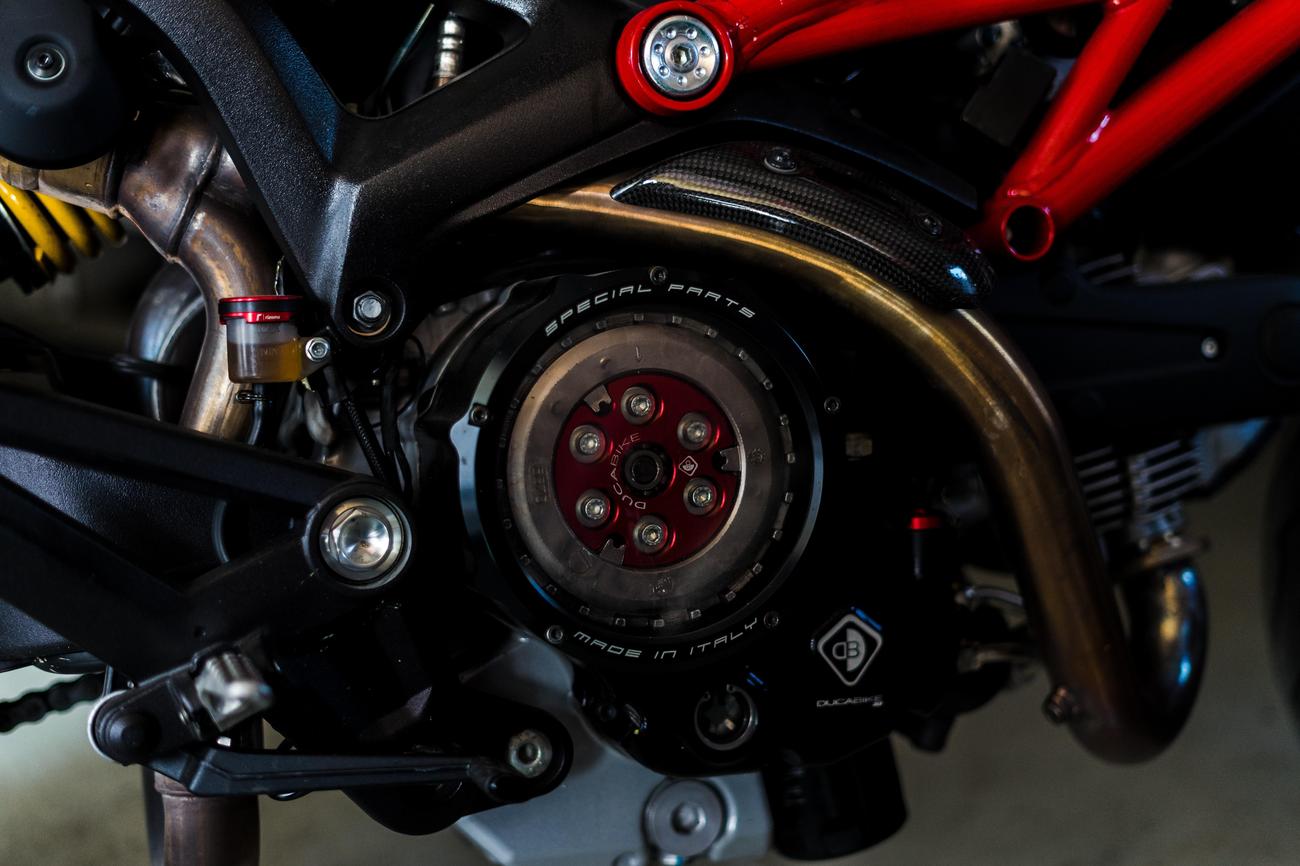Is your curiosity about mechanical engineering peaked? Be ready to have your mind blown as we explore some of the most fascinating aspects of this exciting industry. We will examine the miracles of mechanical engineering, from ingenious creations to astounding buildings. Join us as we discover the intricacies of these mechanical wonders, whether you’re a seasoned engineer or just interested about this fascinating profession. Here you will learn fascinating and eye-opening information about the cutting edge field of mechanical engineering.

Fun Facts about Mechanical Engineering
Did you know that the term “mechanic” comes from the Latin word for “cleverness?” Ancient civilizations like Greece and China laid the groundwork for this interesting discipline. Inventions including the screw, wheel, axle, inclined plane, and pulley system all date back to this historical period. These early innovations paved the way for the phenomenal progress in mechanical engineering that we see today.
Mechanical engineers are the “magicians” who bring concepts to life. By applying their knowledge and skills, they give life to novel ideas by transforming them into workable solutions. While advanced mathematical abilities are helpful, mechanical engineers rely more on hands-on problem solving in the real world. These engineers have analytic minds that allow them to think of novel solutions to problems and methods to enhance existing infrastructure.
The utilization of 3D printing and painting is one of the most fascinating developments in modern mechanical engineering. Engineers can now make models and prototypes using this technology. Mechanical engineers are able to test their designs and make adjustments by designing and printing complex pieces. As a bonus, this helps save time and money throughout development.
Mechanical engineers often collaborate with experts from other disciplines due to the breadth of their job. They are essential to the growth of various sectors, from aeronautical engineering to automotive design. The collaborative, cross-disciplinary character of their work promotes the sharing of insights and the development of novel approaches. Hence, if you believe mechanical engineering only applies to one sector, reconsider. The potential is enormous.
Have you ever pondered who makes the things we use every day? The mechanical engineers who made these innovations often go unheralded. The list is endless: escalators, subways, buses, planes, automobiles, televisions, refrigerators, cookware, vessels, and so on. People like them are the reason we can trust on the machinery and appliances in our daily lives. Mechanical engineers are responsible for everything from the comfort of an elevator trip to the accuracy of a stove’s temperature controls.
“There is no limit to the creativity of mechanical engineers. Everything from ancient screw inventions to state-of-the-art 3D printing has helped us solve issues and live better. There is a mechanical engineer working behind the scenes of everything we use and rely on every day.”
Inventiveness, problem-solving, and creativity all come together in the intriguing discipline of engineering. In case you were wondering where to get interesting information on engineering, here it is! Here is a collection of fascinating facts that we hope will fascinate and motivate you. There is no shortage of technical marvels, from the Burj Khalifa, the tallest building in the world, to the Large Hadron Collider, the most complex machine ever built. Discover the amazing field of engineering with these entertaining facts. fun facts about engineering
Mechanical engineering is a fascinating topic, and learning some interesting trivia about it is a fantastic way to get involved. Discovering fascinating information about mechanical engineering will fascinate everyone who is an aspiring engineer or who is simply interested in how the world works. Did you know that modern robotics and alternative energy systems are just two examples of what mechanical engineers can develop and create? Yes, really! These are some fascinating nuggets for those interested in learning more about the humorous side of mechanical engineering. No, you won’t be let down:
– Check out these entertaining mechanical engineering facts that will blow your mind!
– Discover some amusing mechanical engineering facts that will leave you in awe.
– Uncover fascinating and interesting mechanical engineering tidbits that will make you see the world differently. So, why wait? Click away and enjoy the journey into the world of mechanical engineering!
Simple Machines: Understanding the Basics and Types
[youtube v=”tk9iUjMEnaY”]
Introduction
Throughout history, humans have been faced with the need to perform tasks that require a certain amount of energy and force. However, our bodies have limitations when it comes to exerting force, especially when it involves moving heavy objects. To overcome this challenge, humans have invented a clever solution known as simple machines.
What are Simple Machines?
Simple machines are basic tools that help reduce the amount of energy needed for a task and multiply the force applied by cleverly applying the laws of physics. These machines serve as the building blocks of more complex inventions and have been a part of human innovation for centuries.
The Lever: A Tool for Lifting Heavy Objects
One of the most well-known and widely used simple machines is the lever. Imagine using a crowbar to move a heavy object like a rock or a log. The crowbar is placed underneath the object, known as the load, with a part of it resting on a fulcrum, which acts as a pivot point. By pressing down on the free end, known as the effort arm, we can efficiently lift the heavy object. This type of lever, where the fulcrum is positioned between the load and the effort arm, is called a first-class lever. Examples of first-class levers include scissors and pliers.
“The lever is a versatile tool that allows us to overcome the limitations of our own physical strength when it comes to lifting heavy objects.”
The Pulley: Helping Us Lift and Move Heavy Loads
Another important and simple machine is the pulley. You might have seen this mechanism in action when people draw water from a well using a circular grooved wheel and a rope. The pulley system is also used in cranes to lift heavy loads. It works by changing the direction of the force applied, making it easier to move heavy objects.
“The pulley system is a remarkable invention that enables us to lift and move heavy loads with ease and efficiency.”
The Screw: More Than Just a Fastener
A commonly used simple machine that often goes unnoticed is the screw. It has spiral grooves cut into it, allowing it to easily go inside any surface and stay intact. This mechanism is also used in the caps and tops of bottles, ensuring they close tightly. Additionally, screws play a crucial role in joining things together.
“Don’t underestimate the power of a screw. Its simple design and efficient mechanism make it an essential component in various applications.”
The Inclined Plane: Making Work Easier
Inclined planes, often in the form of ramps, are simple machines with sloping surfaces. They are used to raise heavy objects by setting them at an angle against a horizontal surface. This mechanism is commonly observed when loading cars onto trucks.
“Inclined planes provide an ingenious solution for reducing the effort required to lift heavy objects, making tasks more manageable.”
The Wedge: A Simple Cutting and Lifting Tool
Wedges are objects consisting of two inclined planes arranged back to back. They are used for cutting, lifting, or tightening. Common examples of wedges include knives, axes, chisels, and hammers. Wedges have been in use since prehistoric times and continue to play a significant role in various industries.
“Wedges, with their simple yet effective design, have been facilitating tasks like cutting and lifting since ancient times.”
The Wheel and Axle: From Ancient Origins to Modern Innovation
One of the most important and widely used simple machines is the wheel and axle. It consists of a circular frame, known as the wheel, that revolves on a shaft or rod called the axle. This invention has revolutionized the world, from raising water buckets in the earliest forms to powering various machines we use today, such as sewing machines, cars, and airplanes.
“The wheel and axle represent the epitome of human ingenuity, serving as the backbone of countless inventions that have transformed our lives.”
Fun Facts: The Origins of Simple Machines
Did you know that simple machines were recognized as early as the 3rd century BC by the Greek philosopher Archimedes? Egyptians also used ramps to drag huge stones for constructing the pyramids thousands of years ago. These early inventions laid the foundation for the development of mechanical engineering as we know it today.
“Simple machines have a rich history dating back centuries, with visionary minds and remarkable civilizations paving the way for modern mechanical engineering.”
In conclusion, simple machines are the fundamental tools that humans have relied upon to make tasks easier and more efficient. From levers and pulleys to screws, inclined planes, wedges, and the wheel and axle, these inventions have shaped our world and continue to play a vital role in various industries. The ingenuity of our ancestors and the laws of physics have combined to create simple machines that have stood the test of time, improving our lives and enabling us to overcome physical limitations.
“Let us marvel at the wonders of simple machines and appreciate the brilliance of human innovation throughout history.”
FAQ
Q: What is the origin of the word “engineering”?
A: The word “engineering” comes from the Latin word which means ‘cleverness’.
Q: Can you tell me about the early history of mechanical engineering?
A: Mechanical engineering has been around since ancient Greece and China, where the first machines such as screws, wheels and axles, inclined planes, and pulley systems were created.
Q: What is the role of a mechanical engineer?
A: Mechanical engineers transform an idea into a physical product, using less math than college and solving problems.
Q: How do mechanical engineers create prototypes and models?
A: Mechanical engineers can use 3D printing and painting to create prototypes and models.
Q: What are some everyday items that mechanical engineers are responsible for?
A: Mechanical engineers are responsible for many everyday items, such as elevators, trains, buses, airplanes, cars, TVs, refrigerators, utensils, boats, and more.
- China II Review: Delicious Food & Speedy Service - April 17, 2025
- Understand Virginia’s Flag: History & Debate - April 17, 2025
- Explore Long Island’s Map: Unique Regions & Insights - April 17, 2025
















